All about gorse
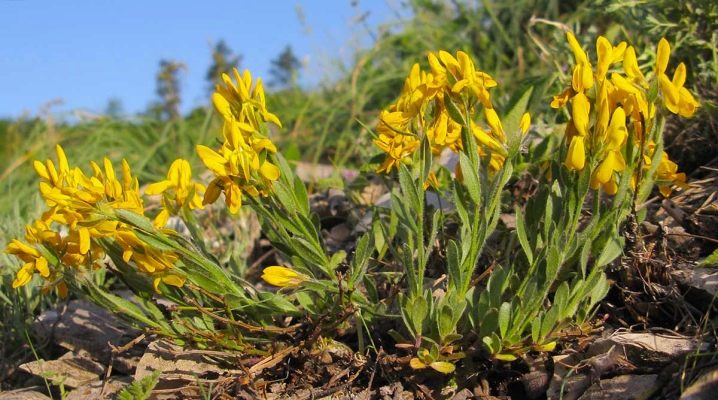
Gorse is a whole genus of plants belonging to the legume family. They grow in Eurasia and North America. Most often, these plants are in the form of shrubs or semi-shrubs, plantings in the form of vines are slightly less common. Certain types of gorse can produce yellow paint. In today's article, we will learn all the most interesting about gorse.
Description
Gorse appears to be perennial and small shrubs. They are liana-like legumes. The oval foliage of the plant is characterized by high density and green color. The plants in question love enough light.
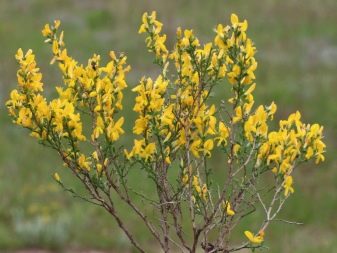

Long-lived shrubs can have smooth or massive shoots. Numerous thin branches are usually covered with an even crust of a rich green hue. The average crop height usually reaches 30 cm. The maximum height is 1.7 m. The gorse stalks can be creeping or erect. Lateral shoots spread along the absolute entire length of the stems.
The branches of the shrub are very densely covered with miniature and oblong-lanceolate leaves. Leaf plates of a dark green hue are usually characterized by smooth surfaces, but occasionally acquire a fine fluff. Leaves are ordinary, trifoliate. They are located on small petioles, distributed alternately.


The flowering of the gorse occurs when its age reaches 3-6 years. In this case, the formation of bright yellow raceme-like buds is carried out. The latter bloom in June. The buds are able to stay on the branches for 15 to 60 days. Axillary flowers are combined at the edges of young twigs. During their flowering, gorse acquires a thick yellowish coating. The latter hides under itself all the growth of greenery.
Ripening of the fruits of the plant occurs in August. At the same time, large and narrow beans are formed on the branches, showing shiny and elongated grains. The latter are usually dark brown in color. An interesting feature of the flower in question is that it feels great in poor soils. Gorse bushes can grow on almost any soil.
The only exceptions are sour options.
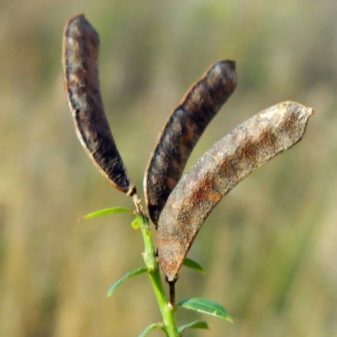
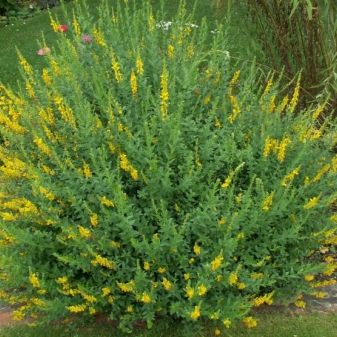
Popular types
According to the international classification, the gorse family includes 125 crops of various species. Some of them are perfect for planting in central Russia.
Dyeing
This culture can grow in Siberia as well as in the East. The dyeing gorse is a miniature, but at the same time quite lush bush, on which there are no thorns. The height of the plant can reach a mark of 1 m. The processes of this species are not too branchy, but at the same time creeping. They are covered with long leaves that look almost naked. The narrowed dark green leaves of the dyeing gorse rarely reach more than 2.5 cm in length. Flowers grow yellowish, gather in cystic inflorescences on the tops of young shoots.
This species usually blooms in June. The process lasts up to about 2 months. After the pollination process, the development of narrow and flattened beans occurs.
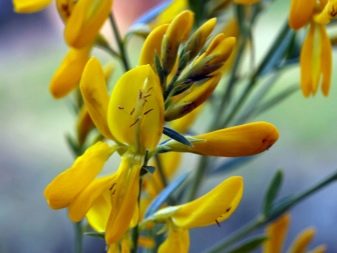
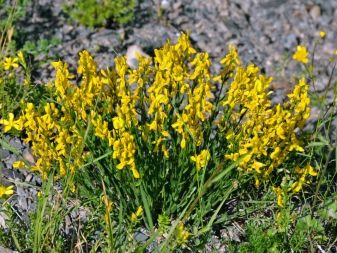
German
This culture is very fond of growing in warm conditions, which is why it does not tolerate the cold. The plant forms even and noticeably fluffed branches. The bush itself eventually reaches a height of about 60 cm, and is 1.2 m in width.Lanceolate leaves are located on its processes. They have an interesting felt-type edging on the opposite side. In the areas where the leaves are attached, a greenish prickly detail is visible.
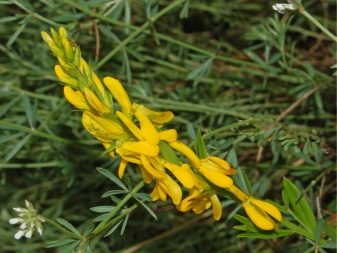

Spanish
The specified type of gorse forms a spiny bush of a spherical structure, can be found on the Crimean territory. Its height rarely exceeds 50 cm.The leaves of the plant are bright green, and their length is only 1 cm. The stage of blooming of the variety under consideration begins at the second stage of its development. For the first time, compacted bright yellow inflorescences bloom with the onset of June. Secondary and more modest blooming occurs in the last days of August. The spiny Spanish gorse is capable of withstanding cold temperatures of at least -20 degrees.
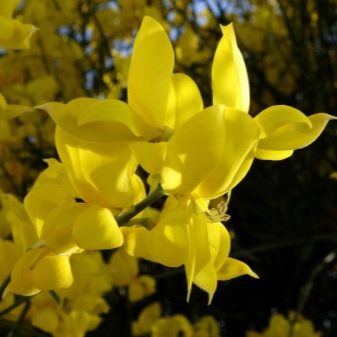
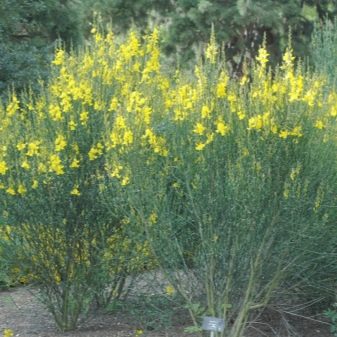
Lydian
The specified decorative variety can be found in the southern territories. This plant can withstand cold, but only up to -15 degrees Celsius: more severe conditions can damage the bush. Lydian gorse produces spreading shoots. They are placed directly against the soil layer or gently fall off high slopes.
The branches of the variety in question are very densely covered with small dark green leaves, characterized by a rounded structure.
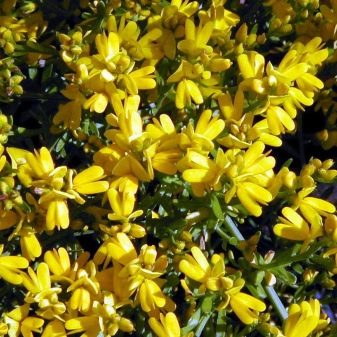
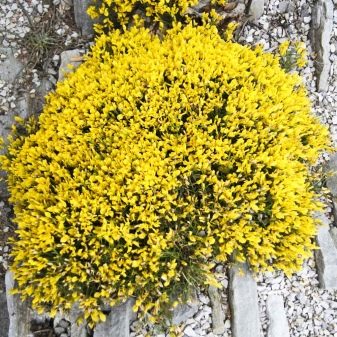
Yellow
The yellow gorse is a thornless shrub that can grow to a height of 1 m. It has thin, slightly branched shoots. The plant produces yellow flowers. They are odorless and collect at the top of the brushes. The considered bush is steppe, but it can also grow on the territory of forests, in clearings. Reproduction of the culture in question can be done by seed or cuttings.

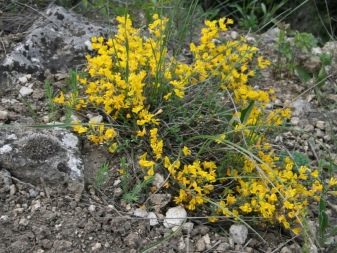
Donskoy
A beautiful perennial that is branched from the very base. The branches of the culture are directed obliquely upward. The leaves of the plant are linear-lanceolate or oblong. They are usually 1 to 3 cm long and 0.5 to 3 mm wide. The color of the leaf plates is slightly bluish. The foliage is bare or slightly pubescent.
Don gorse is included in the Red Book. The plant can be found in the chalk hills. The culture under consideration grows mainly in the Don basin in the Kursk, Voronezh, Belgorod, Rostov and Volgograd regions.

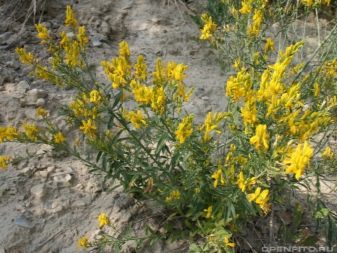
Growing technology
If you plan to start planting gorse, you must adhere to the correct technology for growing it. As mentioned above, this culture thrives best in impoverished lands. These can be both sandy and calcareous soil types. On acidic soil, the plant develops much worse.
It should be borne in mind that on fertile lands, the development of gorse is suppressed. When planting such a culture, it is very important to observe the most important condition - ensuring a sufficient level of illumination. This bush may well survive shading, but because of this, its flowering will be much less bright and spectacular. Planting can withstand meltwater flooding, but constant waterlogging should be avoided. If the gorse is endlessly in high humidity, it will simply die.
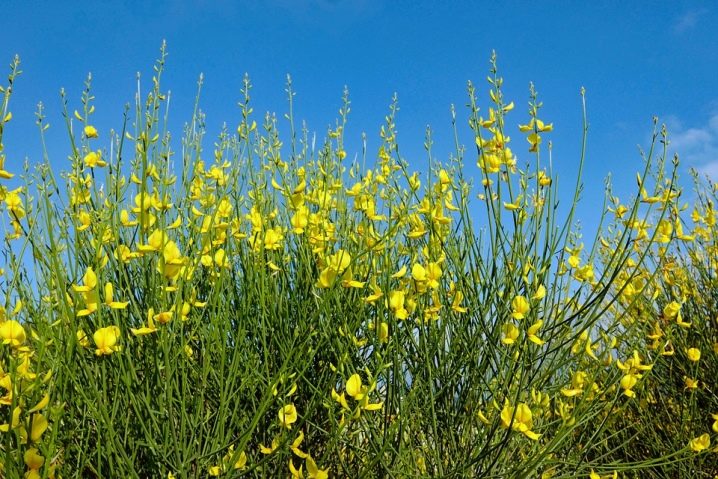
It is very important to remember that the gorse is only able to tolerate the transplant procedure without problems at a young age. The best time for such procedures is early spring or the period from August to September. The culture almost does not need watering. If the drought is too severe, young plantings can still be watered.
Gorse is a plant that does not suffer from weeds. The only exceptions are the smallest varieties. Even against the background of significant turfing, the bush grows without unnecessary difficulties. When growing such a crop, it is advisable to mulch the soil using fine gravel or expanded clay.The best fertilizing is phosphorus-potassium. Wood ash fertilizer is also suitable.
But gorse does not need nitrogen fertilization.
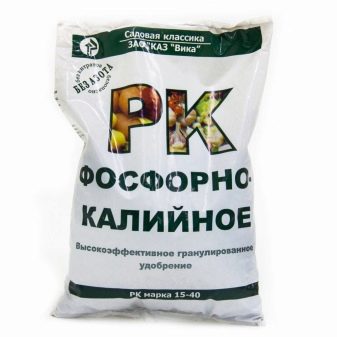
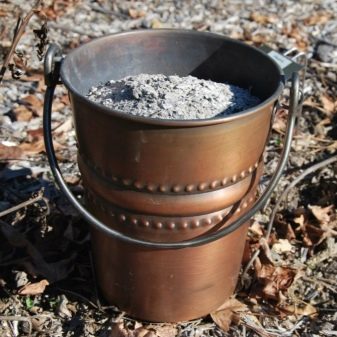
The shaping haircut is very well tolerated by the plant. However, even without this procedure, the culture will still retain its decorative effect. Sanitary pruning of the bush, as well as its rejuvenation, is important. With the latter, branches are removed that are more than 3-4 years old. The winter hardiness of the crop is quite high. Steppe, field, forest and meadow plant species can boast of such characteristics. However, against the background of winters with little snow, the gorse can freeze too much, therefore in the middle lane it will need at least a light shelter.
It should be borne in mind that the life span of the gorse is not that great. After about 10 years, the culture grows, and then bares its branches, which is badly reflected in its decorative qualities. To prevent such situations from arising, it is advisable to replace old bushes with new young crops.

Reproduction
Reproduction of a handsome gorse can be carried out by planting seeds or through a grafting procedure. Cuttings of the plant can be cut at the end of June. The process of their rooting should be carried out in a cold greenhouse. In this case, it is advisable to use special stimulating agents, since the rooting of a culture is usually rather difficult. Gorse seedlings usually flower only in the second or third year after planting.
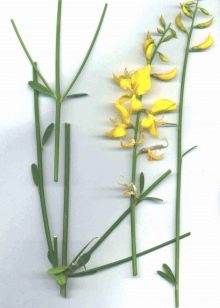
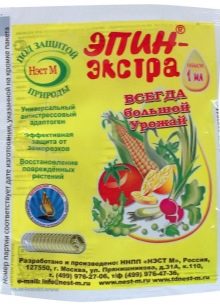
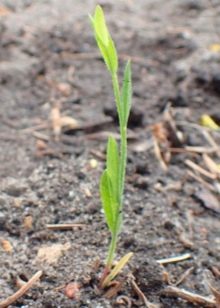
Application in landscape design
The plant in question, characterized by good indicators of decorativeness, is often used in the preparation of beautiful landscape designs. The culture can be used in group plantings, including on lawns. The bush is perfect for the original decoration of slopes, alpine slides. By means of gorse it is possible to make an attractive tucking of taller bushes and even smaller trees.
Beautiful bushes are also suitable for not very high trimmed curbs.
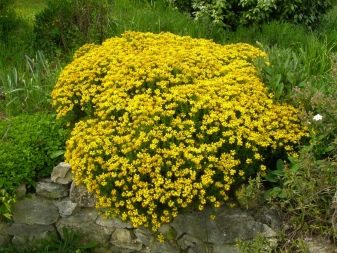
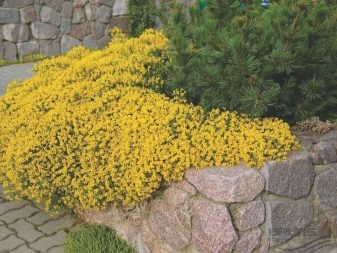
The plants in question look very attractive and neat, therefore they harmoniously fit into the designs of the adjoining territories. Consider a few aesthetic examples of landscapes where this fascinating culture is present.
- Spectacular ornamental shrub, which attracts attention with bright yellow petals, looks especially beautiful in combination with decorations made of large stones (or with stone fences). Such components, coupled with rocky paths on the site, look very aesthetically pleasing and presentable.
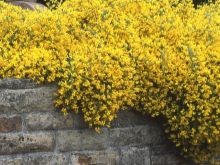

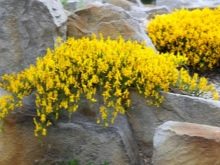
- Large flower beds with gorse look very neat and beautiful, fenced with brick or masonry. Such structures can be divided and zoned by the house adjoining area. Lush and bright shrubs look especially impressive in such environments.
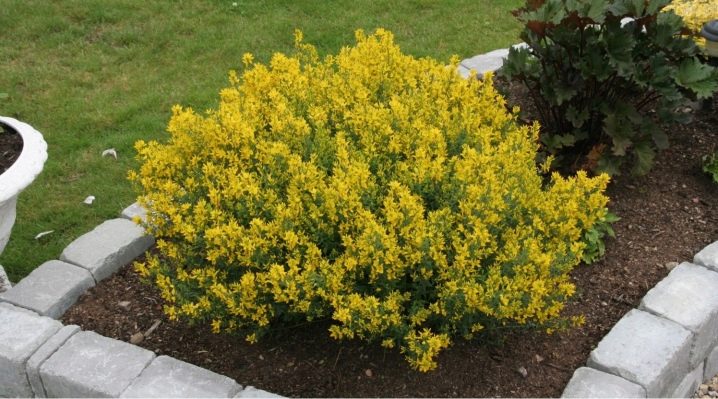
- Gorse with bright yellow flowers goes well with other neighboring plants that have different flower colors. These can be reds, pinks, purples, burgundy and other attractive shades. In a single combination, such group plantings become a very bright decoration of the landscape, it is very difficult not to pay attention to them.
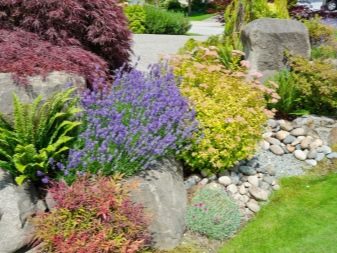
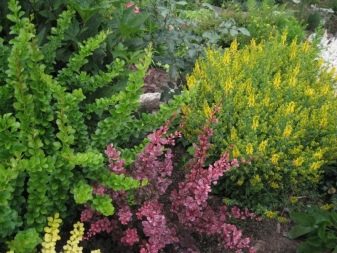
- Lush and tall gorse bushesprovided with proper care can serve as a stunning decoration of the entrance and exit area. Plants like this can be planted at the gate or porch / front door. Thanks to this, these areas become much more aesthetic and original, even if they have the simplest and most inconspicuous finish.
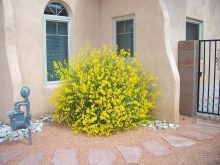

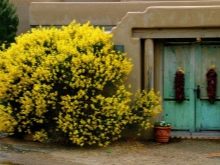







































































































The comment was sent successfully.